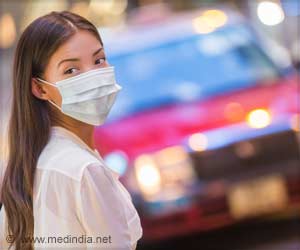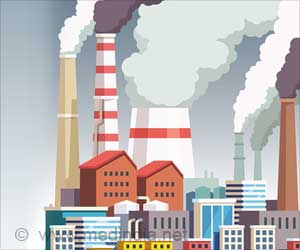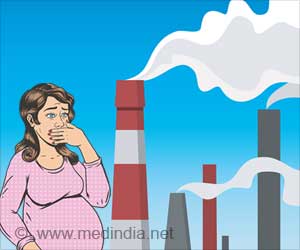Due to unfavorable weather conditions and heavy fireworks, this year's Diwali was more polluted than last year's.

‘A severe decline in the quality of air this year was due to unfavorable weather conditions along with pollutants stemming from firecrackers.’
Read More..




"Particulate concentrations were slightly higher this Diwali as compared to last Diwali (2017)," said the CPCB report. It, however, adds that since in 2017 Diwali was observed on October 19 as against November 7 this year, the meteorological conditions, which govern the dispersion of pollutants, were different. Read More..
"Compared with the average Particulate Matter during November 1 to 7 in 2017 with the same period this year, the city average particulate concentration for Delhi is lower in 2018," the report pointed out.
Apart from fireworks and unfavorable wind speed, stubble burning this year had more effect on Delhi's air quality around Diwali, against last year's celebrations (October 19).
On Diwali, there were a total 4,204 fire incidents compared to 1,702 in 2017.
"Diwali-day data shows that the PM10 and PM2.5 values have increased this year compared to 2017. However, the data are similar to Diwali day of 2016 which was observed on 30th October," said the report.
Advertisement
"Contribution of stubble burning in overall PM2.5 concentration during Diwali this year has been estimated at 10 percent." said the report.
Advertisement
The PM2.5 on Diwali 2017 was 638 and 496 units at Janakpuri and Parivesh Bhawan, while this year, these values were 988 and 900 units respectively.
The CO levels at Dilshad Garden were 983 units in 2016, 1,423 in 2017 and 1,441 in 2018. At Shadipur, the NO2 levels were 58 units in 2017 against 94 in 2018.
Source-IANS















